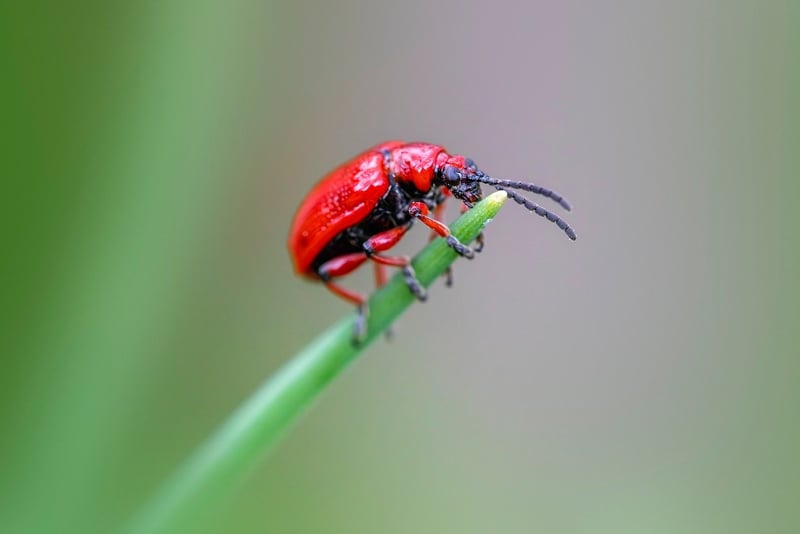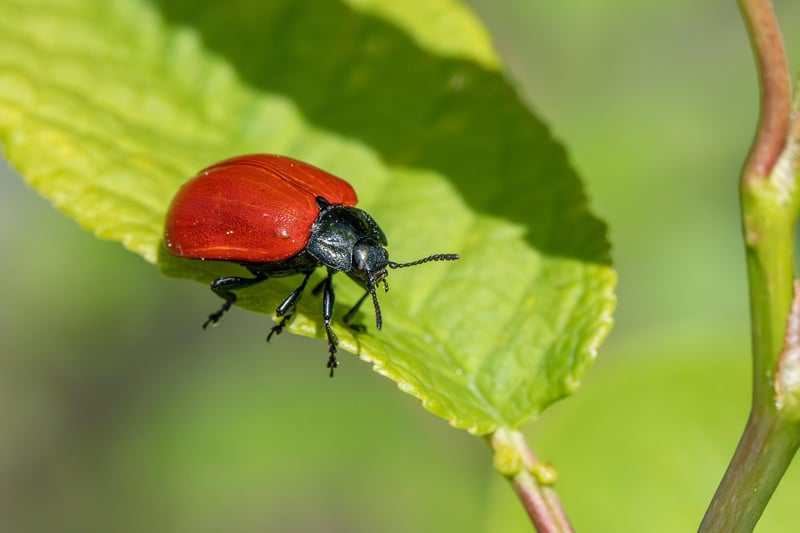Pest Control Methods
Essential Care Practices for Effective Pest Control
Introduction
Keeping pests at bay is an essential part of maintaining a healthy and hygienic living or working environment. Implementing effective pest control practices not only ensures the well-being of occupants but also protects property from damage. In this article, we will explore essential care practices and pest control methods to help you combat infestations effectively.
1. Regular Cleaning
One of the fundamental steps in pest control is maintaining cleanliness. Regular cleaning helps eliminate potential food sources and nesting areas for pests. Make sure to clean up spills promptly, dispose of garbage properly, and keep storage areas organized and clutter-free.
2. Seal Entry Points
Pests can enter buildings through tiny gaps and cracks. Inspect your property for any openings and seal them with caulk or weatherstripping. Pay close attention to areas around doors, windows, pipes, and vents.
3. Proper Waste Management
Dispose of waste regularly and ensure that trash bins have tight-fitting lids. Rotting organic matter attracts pests like flies and rodents. Consider composting in sealed containers to prevent pests from being attracted to decaying food.
4. Maintenance of Greenery
Trimming bushes, trees, and shrubs near buildings can help reduce hiding spots for pests like ants and rodents. Additionally, keeping plants well-maintained can prevent them from becoming a bridge for pests to enter your property.
5. Monitoring and Early Detection
Regularly inspect your property for signs of pest activity such as droppings, gnaw marks, or nests. Early detection allows you to address infestations before they escalate, saving you time and money in the long run.
Effective Pest Control Methods
1. Chemical Control
Chemical control involves the use of pesticides to manage pest populations. It is essential to use these products safely and according to the manufacturer's instructions. Consider hiring a professional pest control service for effective and safe application.
2. Biological Control
Biological control uses natural predators or parasites to manage pest populations. This eco-friendly approach can be effective in controlling pests while minimizing the use of chemicals. Ladybugs for aphid control and nematodes for grub control are examples of biological control methods.
3. Mechanical Control
Mechanical control methods involve physically removing pests or creating barriers to prevent their entry. Examples include traps, screens, and fencing. These methods can be environmentally friendly and help reduce reliance on chemical solutions.
4. Integrated Pest Management (IPM)
IPM is a holistic approach that combines multiple pest control methods to achieve long-term pest management. It focuses on prevention, monitoring, and control to minimize risks to human health and the environment. Implementing IPM strategies can lead to sustainable pest control solutions.
Conclusion
By incorporating essential care practices such as regular cleaning, proper waste management, and maintenance of greenery, along with utilizing effective pest control methods like chemical, biological, mechanical control, and IPM, you can create a pest-free environment. Remember, early detection and proactive measures are key to successful pest control.
Image Source: Pest Control Sprayer

